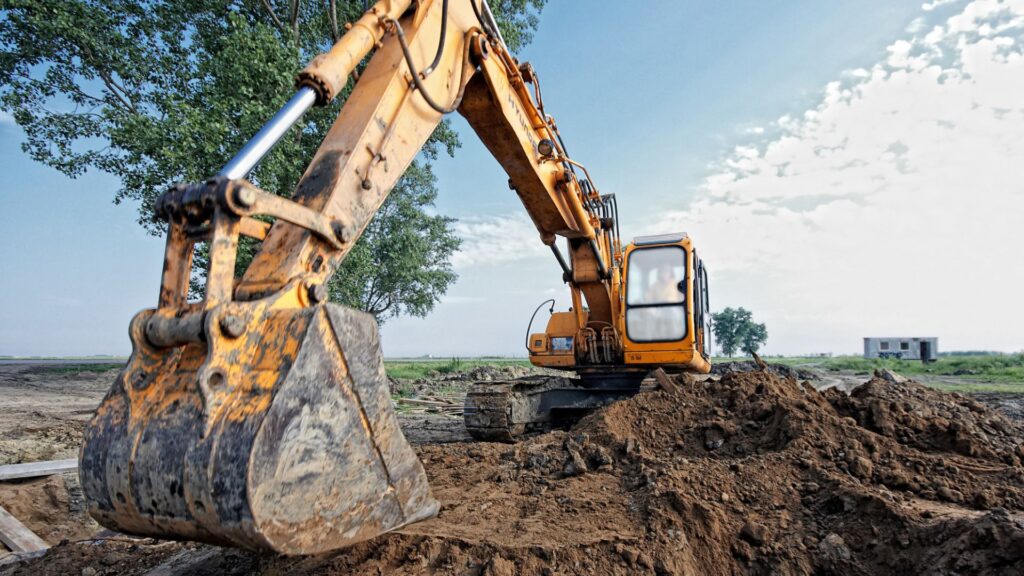Cutting-Edge Soil Stabilization Technologies for Deep Trenching and Complex Excavation
Improvements in soil stabilization shake up how we handle deep trenching and tough excavation tasks. Safety, efficiency, and care for the environment take center stage with modern ways of providing stronger support for projects in difficult areas. We will dive into four top technologies that boost the stability and safety of profound digs.
Chemical Stabilization Solutions
Chemical stabilization is a process that adds elements like lime, cement, or fly ash to the soil. It changes how the soil handles weight, which can be especially helpful in areas with shaky or loose soils as it firms them up and lowers the risk of sinking ground issues.
This method works well on many kinds of soil, making digging and trenching safer and more dependable. Its ability to adapt has made it popular for projects where difficult ground might normally make building tricky.
Mechanical Compaction Methods
Mechanical compaction uses hefty machinery to press down on the soil. This makes it more compact and stable for digging out the earth. Common equipment like roller compactors, rammers, and vibratory plates help get a high level of compression. This method boosts the power of the soil to bear weight, which in turn creates safer conditions for trenching and excavation work.
These ways are extra handy with city projects where limited space means stability is key! Swift completion times, alongside cost savings, make mechanical compaction an economical choice when construction demand is sky-high.
Geotextiles and Geogrids
Geotextiles and geogrids give soils extra strength. These synthetic materials keep soil in place, aid in spreading weight evenly, and help create a stable excavation setting. We often see the use of geotextiles when layering different types of dirt, while strengthening layers happens by interlocking them using geogrids.
This technique does really well when it comes to deep trenches as it limits movement within erosion-prone or slippery soils, hence increasing safety during an excavation process, not just for now but also in the long run.
Soil Nailing for Enhanced Stability
With soil nailing, steel rods or nails get driven into the ground to make it stronger and more stable. In turn, this creates a semi-lasting wall structure. This strategy is often used in steep digs where keeping walls solid helps prevent falls.
Soil nailing proves its worth when projects run into safety issues during trenching or digging, as risks tied to unstable dirt conditions are reduced significantly. Adding extra support for tricky excavations means that work can continue safely on tougher terrains.
Conclusion
Using cutting-edge soil stabilization techniques like chemical stabilization, mechanical compaction, geotextiles, and soil nailing leads to safer and more efficient deep trenching as well as excavation. These technologies help tackle ground issues while reducing risks, which sets up modern digging projects for success, ensuring teams stay safe.
Keep an eye for more latest news & updates on Verified Zine!





